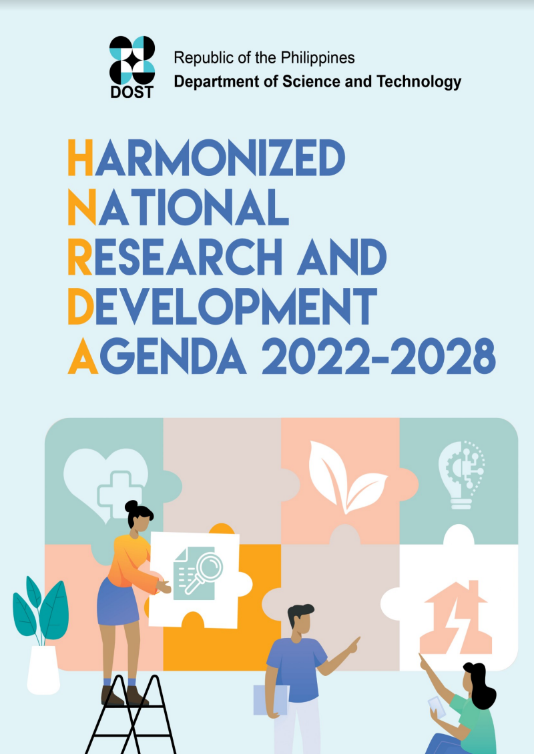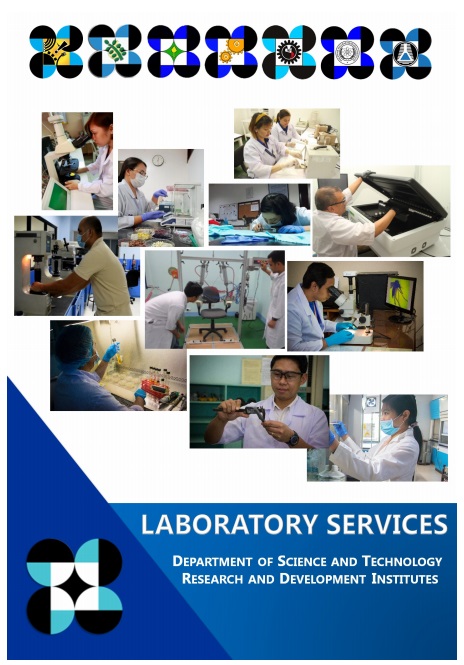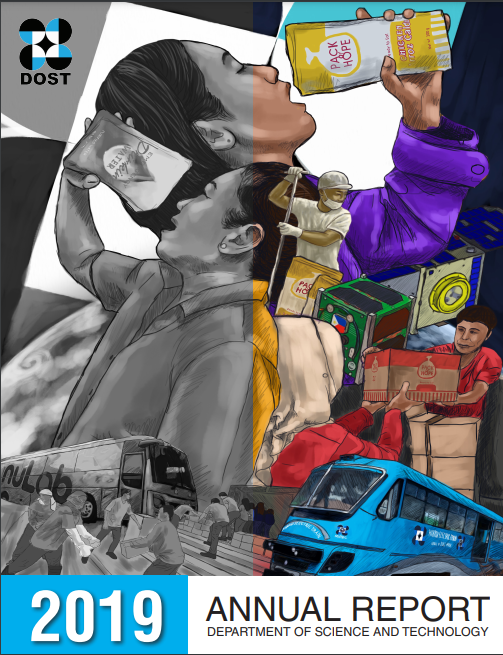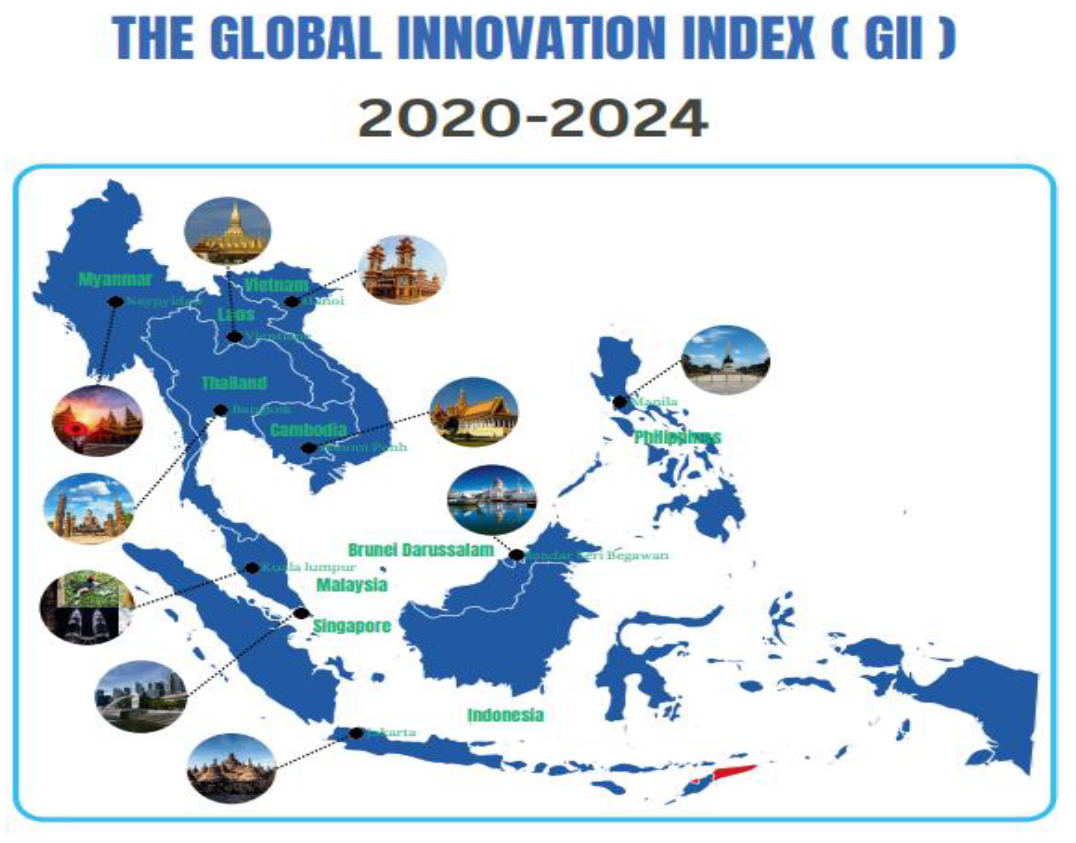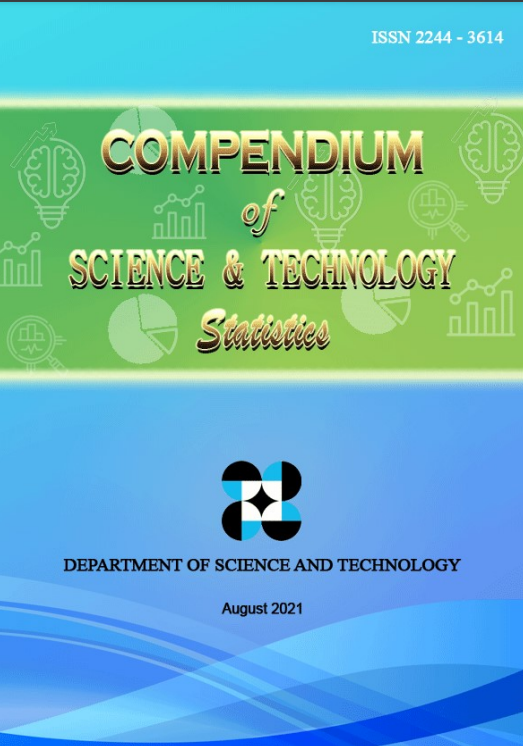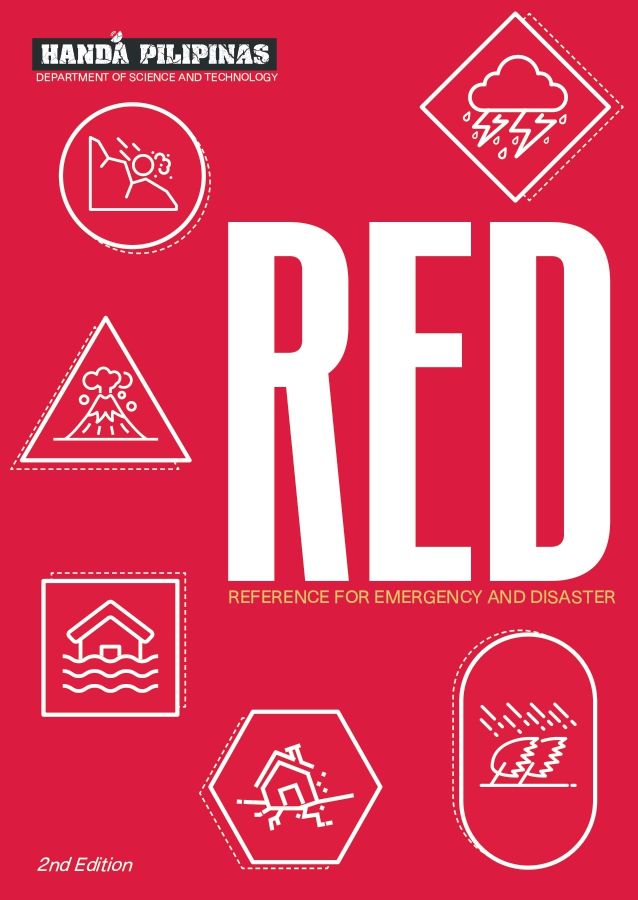VOLCANO EXHIBIT
- Details
- Hits: 3058
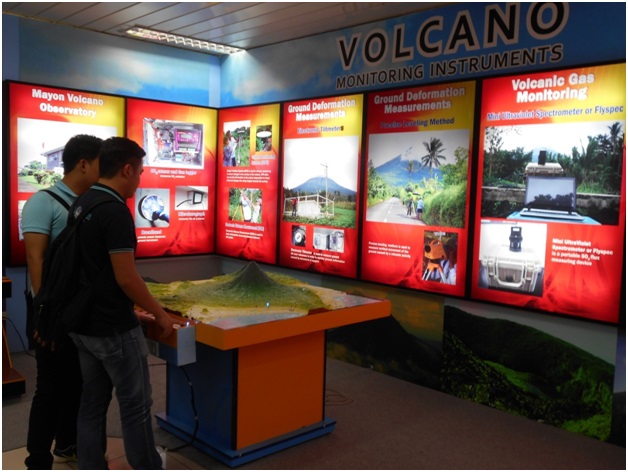
One of the featured exhibits during the Disaster Summit held at the Department of Science and Technology -Philippine Institute of Volcanology and Seismology (DOST-Phivolcs) in Diliman, Quezon City, was a mock-up of volcano monitoring instruments featuring a model of the Mayon Volcano Observatory Station (above). The exhibit was part of the many activities held during the Department of Science and Technology’s (DOST) National Science and Technology Week (NSTW) held July 25-29 in Quezon City, Manila, Bicutan, Los Baños and the different regions. This year’s NSTW has the theme “Juan Science, One Nation”. #nstw2016 #juanscienceonenation #PartnerforChange
Brighter health care with solar power
- Details
- Hits: 5397
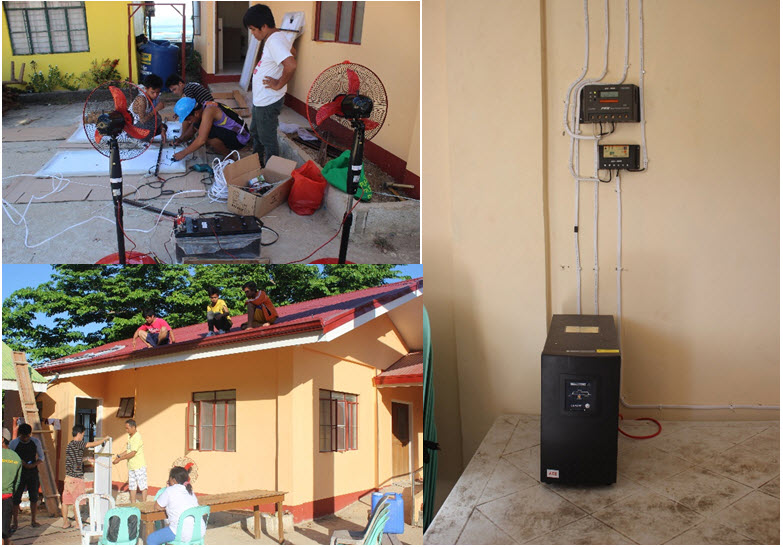
Solar power is brightening up the health care delivery in MIMAROPA.
Disaster imagination, key in preparing for disasters
- Details
- Hits: 5392
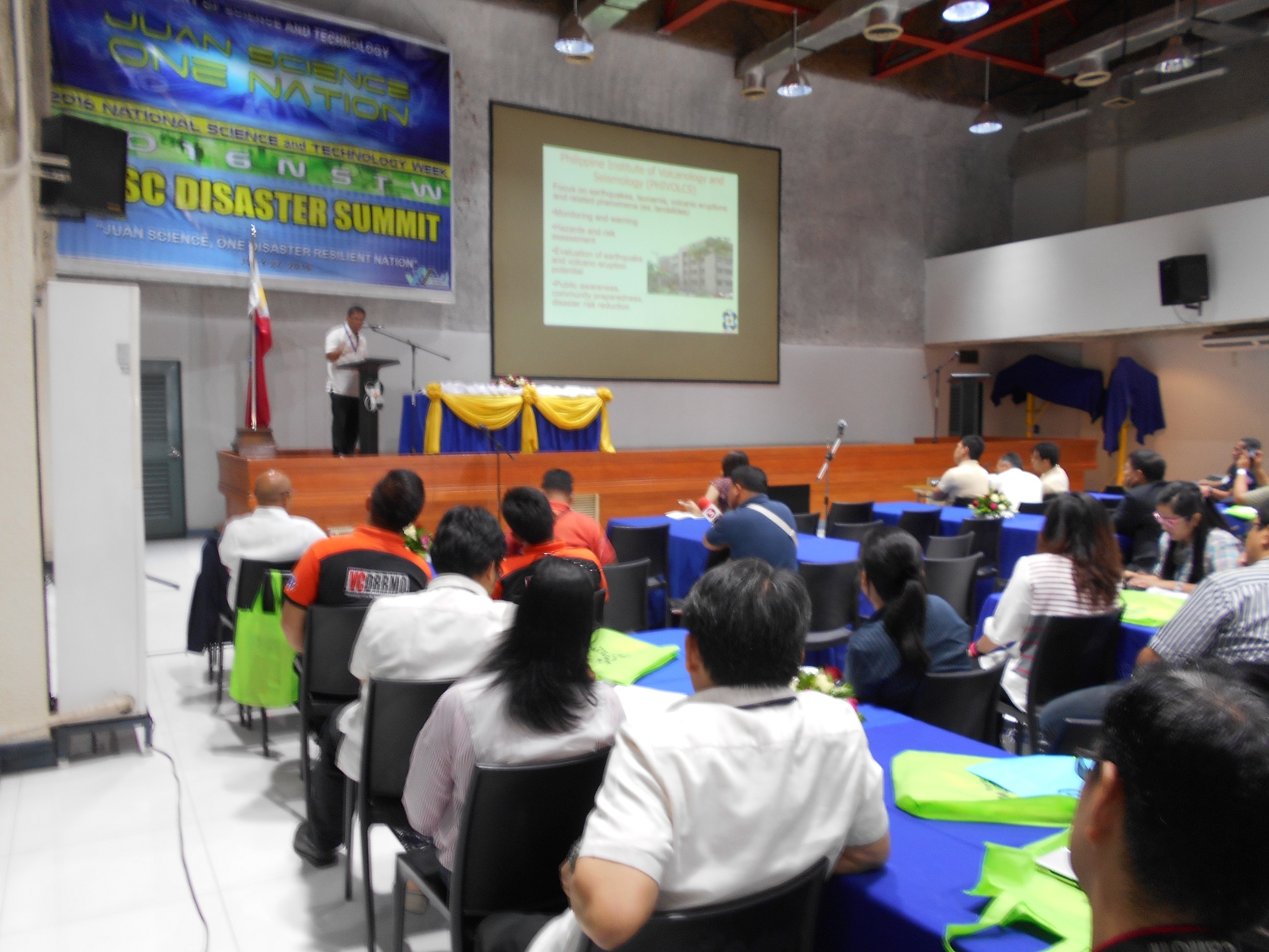
“Disaster imagination” – this technique enables communities to formulate their strategies and implement disaster preparedness protocols that will ensure safety for communities. Coined and introduced by Dr. Renato U. Solidum Jr., disaster imagination refers to the idea of imagining or visualizing the possible effects of hazards such as earthquakes in different locations. Solidum is the director of the Department of Science and Technology – Phivolcs.
Read more: Disaster imagination, key in preparing for disasters
Diwata-1 sends more hi-res images
- Details
- Hits: 5531

Diwata-1, the Philippines’ first microsatellite for scientific earth observation, again captured high resolution images during the satellite’s test phase. Diwata-1’s High Precision Telescope (HPT), one of the four cameras onboard, obtained images with a ground resolution of 3m at nadir (or lowest point), the highest resolution attained so far by a microsatellite in the 50-kg class. This was announced recently by the Department of Science and Technology’s Advanced Science and Technology Institute (DOST-ASTI) and the University of the Philippines Diliman (UPD) which have been collaborating with Japan’s Hokkaido and Tohoku Universities for the operation of Diwata-1.











